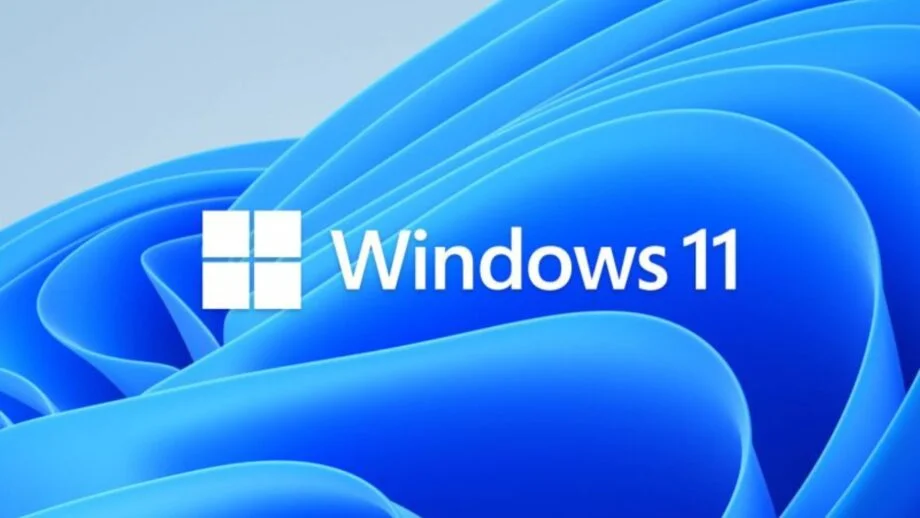Guide Resetting Graphics Driver on Windows 10 and 11 Are you facing performance issues while gaming or watching videos?.

Here are a few methods to help you do that on your Windows PC.
1. Restart the Graphics Driver Using Keyboard Shortcut
An easy method to reset the graphics card driver on Windows is by pressing the Win + Ctrl + Shift + B keys together. This will cause your screen to flash briefly, and you might hear a beep sound. Once completed, everything should be back to normal.
This keyboard shortcut essentially restarts the graphics driver on your Windows PC. It’s completely safe and won’t affect any of your applications or unsaved work. However, keep in mind that it may not function while playing games, as video games usually take control of the keyboard and can prevent Windows from utilizing this shortcut.
2. Use Device Manager to Reset the Graphics Card Driver
Device Manager is a useful utility in Windows designed to help you oversee and troubleshoot the hardware devices connected to your computer. It also allows for quick resetting of the graphics card driver on both Windows 10 and 11 PCs. Here’s how it works:
To open the search menu, press Win + S, type “Device Manager,” and then press Enter.
Open the Display adapters section.
Click the right mouse button on your graphics card driver and choose Properties.
In the Properties window, go to the Driver tab and select Disable Device. Afterward, click Yes to confirm your selection.
Pause for a few seconds, then select the Enable Device option.
When you disable and re-enable the graphics driver, your screen may briefly go black; this is completely normal. Once it’s done, verify if your issue has been resolved.
3. Uninstall and Reinstall the Graphics Driver to Reset It
If all other solutions fail, you might try uninstalling and then reinstalling the graphics driver. This will fully remove the driver from your system and should address any glitches or compatibility issues causing display problems. Here’s how to proceed:
Access Device Manager through the search menu.
Open the Display adapters section.
Click the right mouse button on your graphics card driver and choose “Uninstall device” from the menu.
Choose Uninstall to proceed with confirmation.
Once you’ve finished the steps above, restart your PC. Windows will recognize any missing drivers and prompt you to install them automatically.
What should be done if the graphical issues continue?
If you’ve gone through all the troubleshooting steps above to reset your graphics card driver and are still encountering display issues, consider trying these additional fixes:
Install Windows updates: Updating your current version of Windows can often resolve numerous graphical issues, so it’s advisable not to overlook these updates.
Manually reinstall the graphics card: Utilize your graphics card manufacturer’s specific application, like GeForce Experience or AMD Software, to perform a clean installation or reinstallation of GPU drivers.
Eliminate potential monitor-related issues: Display problems may originate from the monitor, as not all monitors are compatible with every graphics card. Consider testing a different monitor or verifying if your current one is compatible with the installed graphics card in your system.
Update BIOS: An outdated BIOS can cause graphical issues on your system. Be sure to update the BIOS regularly to resolve existing glitches.
The steps outlined earlier should assist you in resetting your graphics driver and resolving any display issues on your system. However, if problems persist, it is advisable to seek solutions tailored to the specific issues you’re facing, such as inaccessible screen resolution settings, a blurry screen, or screen flickering.